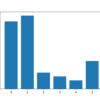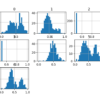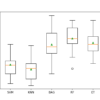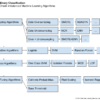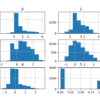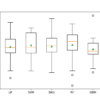Imbalanced classification are those prediction tasks where the distribution of examples across class labels is not equal. Most imbalanced classification examples focus on binary classification tasks, yet many of the tools and techniques for imbalanced classification also directly support multi-class classification problems. In this tutorial, you will discover how to use the tools of imbalanced […]
